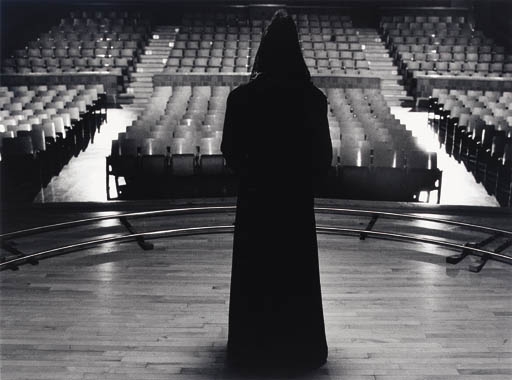This article explores how contemporary art uses nostalgia to examine memory, identity, and social change. It also analyzes how art reflects the past-present relationship and how artists evoke nostalgia to connect emotionally with their audience.
When nostalgia is translated into art, it becomes a powerful tool for exploring both individual and collective memory. Many contemporary artists work with nostalgia to examine how personal memories intertwine with cultural memory, how certain elements of the past continue to define us, and how our relationship with those memories can transform our current identity.
Christian Marclay, "The Clock" (2010)
In this monumental work, Christian Marclay creates a 24-hour film using fragments of other movies in which the exact time is shown. The piece not only plays with the nostalgia of classic cinema but also, at the same time, transforms the perception of time.
Nostalgia here becomes a cultural reference, as Marclay connects the viewer with collective memories associated with the history of cinema and popular culture.

Shirin Neshat, "Turbulent" (1998)
Neshat, known for her works exploring cultural identity, uses the nostalgia of Iranian culture to reflect on current political and social tensions. In Turbulent, the artist plays with the cultural nostalgia of Iran, using symbols and traditions that evoke the pre-revolutionary past, but places them in a context where those traditions are challenged by modern and political realities.
In Turbulent, the artist plays with the cultural nostalgia of Iran, using symbols and traditions that evoke the pre-revolutionary past, but places them in a context where those traditions are challenged by modern and political realities.

Kara Walker, "A Subtlety" (2014)
American artist Kara Walker also addresses nostalgia in relation to history and collective memory, specifically regarding slavery and race. In her monumental installation A Subtlety, a giant sugar sculpture stands as a reference to the history of slavery on sugar plantations. The work's very nature as a soluble and ephemeral monument reinforces the idea that memory, like the installation itself, is transient. After the exhibit closed, the meticulously dismantled sphinx, which required a week-long process to dissolve, underscored the fleeting nature of both the artwork and our collective remembrance of history.
Through this work, Walker invites reflection on how the nostalgia of a glorified past can ignore or minimize the horrors of history.
